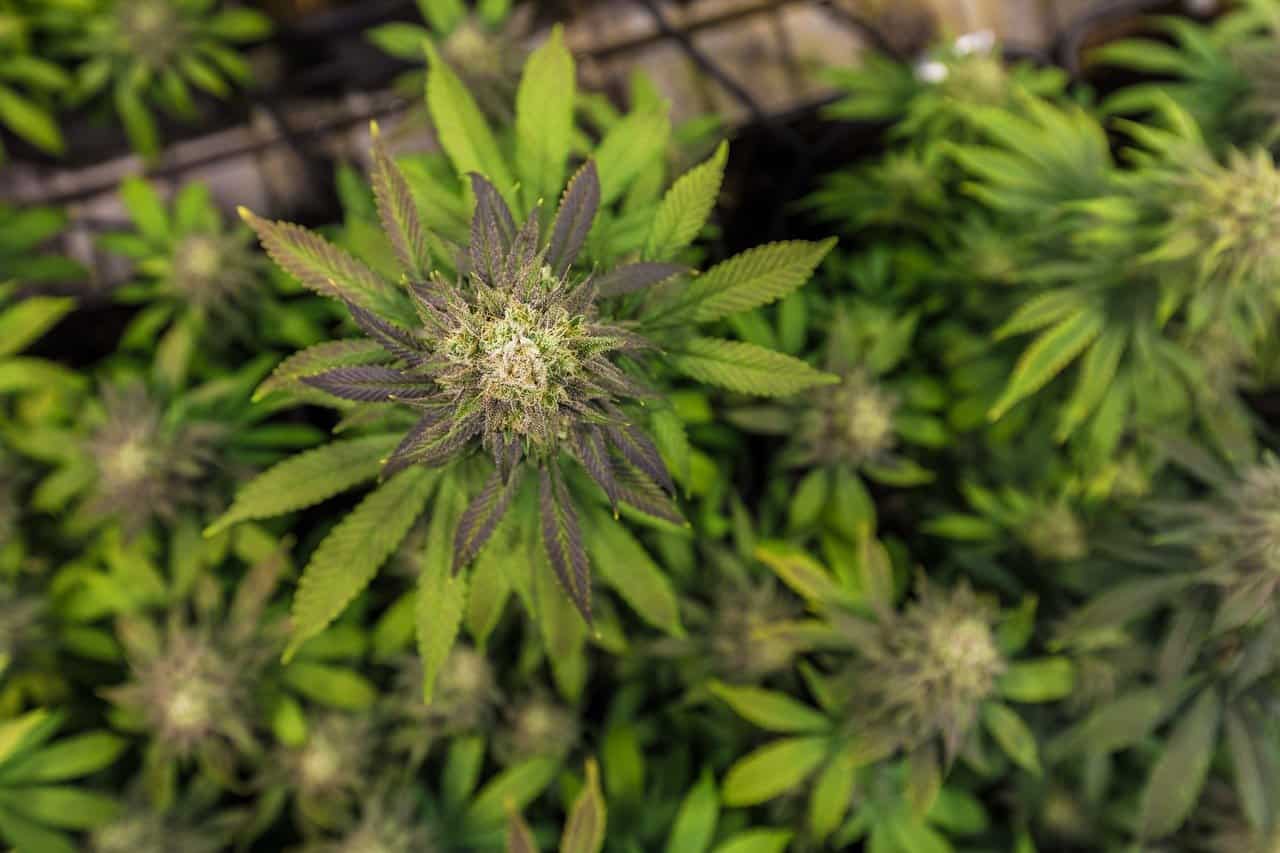
THCa vs. THC: Understanding the Difference
THCa, short for tetrahydrocannabinolic acid, is a chemical compound found in raw cannabis.
It is the acidic form of THC (tetrahydrocannabinol), the primary psychoactive compound in the cannabis plant. While THCa itself does not have intoxicating effects, it can potentially offer a range of therapeutic benefits.
In its natural state, THCa is abundant in raw cannabis leaves and flowers. However, it is important to note that THCa needs to undergo a process called decarboxylation to convert into THC and become psychoactive. THCa has a slightly different chemical structure compared to THC, with an additional carboxyl group. This difference affects its binding affinity to cannabinoid receptors in the human body, particularly the CB1 receptor.
As a result, THCa interacts differently with the endocannabinoid system and may offer unique potential benefits, such as anti-inflammatory and neuroprotective properties.
What is THC?
THC, short for delta-9-tetrahydrocannabinol, is the primary psychoactive compound found in the cannabis plant. It is the chemical responsible for the intoxicating effects commonly associated with cannabis consumption. THC is produced in the resinous glands of the cannabis flowers, and in smaller amounts, in the leaves and stems of the plant.
When THC is consumed, it binds to specific receptors in the brain and body, known as cannabinoid receptors, primarily the CB1 receptor. This interaction affects various physiological and psychological processes, resulting in the familiar psychoactive effects of cannabis, such as euphoria, relaxation, altered perception of time, and heightened sensory experiences.
The binding of THC to cannabinoid receptors can also impact other bodily functions, including appetite, memory, pain sensation, and mood. This is why THC is often used for its potential therapeutic benefits, such as pain relief, reducing nausea and vomiting, and increasing appetite.
It’s important to note that THC is not the only compound in cannabis with potential therapeutic properties. There are many other cannabinoids, including CBD (cannabidiol), that have different effects on the body and do not cause the same psychoactive effects.
THC is the primary psychoactive compound in cannabis that produces the intoxicating effects commonly associated with marijuana consumption. Its interaction with cannabinoid receptors in the brain and body leads to various physiological and psychological effects.
Chemical Structure of THCa vs. THC
THC (delta-9-tetrahydrocannabinol) and THCa (tetrahydrocannabinolic acid) are two distinct chemical compounds found in the cannabis plant.
While both compounds have a similar molecular structure, there is a crucial difference between them: THCa is the acidic form of THC. In raw cannabis, THCa is the dominant cannabinoid, while THC is present in much lower amounts. The main differentiating factor between THCa and THC is an additional carboxyl group in the molecular structure of THCa.
This extra carboxyl group makes THCa a non-psychoactive cannabinoid, meaning it does not produce the intoxicating effects commonly associated with consuming THC. However, when raw cannabis is exposed to heat or sunlight through a process called decarboxylation, the THCa is converted into THC, activating its psychoactive properties.
This transformation occurs when cannabis is smoked, vaporized, or cooked, allowing individuals to experience the psychoactive effects typically associated with cannabis consumption. Understanding the difference between THCa and THC is essential for cannabis consumers, as it highlights the importance of the decarboxylation process for achieving the desired psychoactive effects.
Molecular Structure of THCa and THC
The molecular structures of THCa and THC differ, resulting in their distinct properties and effects. THCa, or tetrahydrocannabinol acid, exists in its acidic form in raw cannabis. It is the primary cannabinoid found in the cannabis plant before it undergoes the decarboxylation process.
THCa has an additional carboxyl group, making its molecular structure different from THC, or tetrahydrocannabinol. THC is the psychoactive compound responsible for the intoxicating effects of cannabis. It is formed when THCa is heated or aged, causing the loss of the carboxyl group in a process known as decarboxylation.
The chemical structure of THCa allows it to interact with the endocannabinoid receptors in the human body, particularly the CB1 receptor. While THCa does not directly bind to CB1 receptors, it is believed to have therapeutic benefits, including anti-inflammatory properties and potential neuroprotective effects in neurodegenerative diseases.
On the other hand, THC, in its decarboxylated form, has psychoactive properties and interacts directly with CB1 receptors, leading to its well-known psychoactive effects.
Understanding the molecular structure of THCa and THC is important in the cannabis industry and for cannabis consumers. It helps differentiate between the raw cannabis plant, which contains THCa, and the decarboxylated form, THC, which is the desired compound for its intoxicating effects.
Additional Carboxyl Group in THCa
THCa is a cannabinoid found in raw cannabis that has the additional carboxyl group in its chemical structure. This carboxyl group consists of a carbon atom, double bonded to an oxygen atom, and also bonded to a hydroxyl group. This additional carboxyl group is significant because it distinguishes THCa from THC.
The presence of the carboxyl group in THCa alters its molecular structure compared to THC. Specifically, the carboxyl group provides THCa with an extra carbon and two oxygen atoms. This difference in molecular composition affects the way THCa interacts with the endocannabinoid receptors in the human body.
When THCa is heated or aged, it undergoes a chemical reaction called decarboxylation. During this process, the carboxyl group is lost, resulting in the conversion of THCa into THC. This decarboxylation process is what allows THC to bind directly to cannabinoid receptors, particularly the CB1 receptor, and produce its psychoactive effects.
Chemical Reactions Involved in Decarboxylation Process
The decarboxylation process is a chemical reaction that converts THCa into THC, allowing it to produce its psychoactive effects. Heat is the primary trigger for decarboxylation, but other factors can also influence the process.
When THCa is subjected to heat, such as through smoking, baking, or vaporization, the carboxyl group (-COOH) attached to the THCa molecule breaks off, resulting in the loss of carbon dioxide (CO2). This reaction occurs because heat energizes the THCa molecule, causing it to become unstable and release the carboxyl group.
Sunlight exposure can also induce decarboxylation, albeit at a slower rate than direct heat. Over an extended period, the ultraviolet rays in sunlight can gradually convert THCa into THC. This process is often observed when cannabis is stored or cured under natural light.
Room-temperature conversion is a less common method of decarboxylation. Given enough time, THCa can naturally convert into THC even without the application of heat. This slow process is primarily driven by environmental conditions and the aging of the raw cannabis plant.
By undergoing decarboxylation, THCa is transformed into THC, which can then bind to cannabinoid receptors in the body and elicit psychoactive effects. The specific method of decarboxylation used can impact the potency and duration of these effects, making it an essential consideration for cannabis consumers.
Psychoactive Effects of THCa vs. THC
THCa and THC are two forms of the primary cannabinoid found in the cannabis plant, tetrahydrocannabinol.
While both compounds are derived from the same precursor molecule (CBGa), THCa and THC differ in their chemical structures and psychoactive properties. The psychoactive effects associated with cannabis consumption are primarily attributed to THC, which interacts with the CB1 receptors in the endocannabinoid system of the human body.
In its raw, acidic form, THCa does not have intoxicating effects and is considered a non-psychoactive compound. However, when exposed to heat or decarboxylation, THCa transforms into THC, acquiring its psychoactive properties. Understanding the distinction between THCa and THC is crucial for both medical and recreational cannabis consumers, as each compound offers distinct therapeutic benefits and potential effects on the body.
By exploring the differences between THCa and THC, individuals can make informed decisions regarding their cannabis consumption to align with their desired outcomes.
Intoxicating Effects of THC Compared to THCa
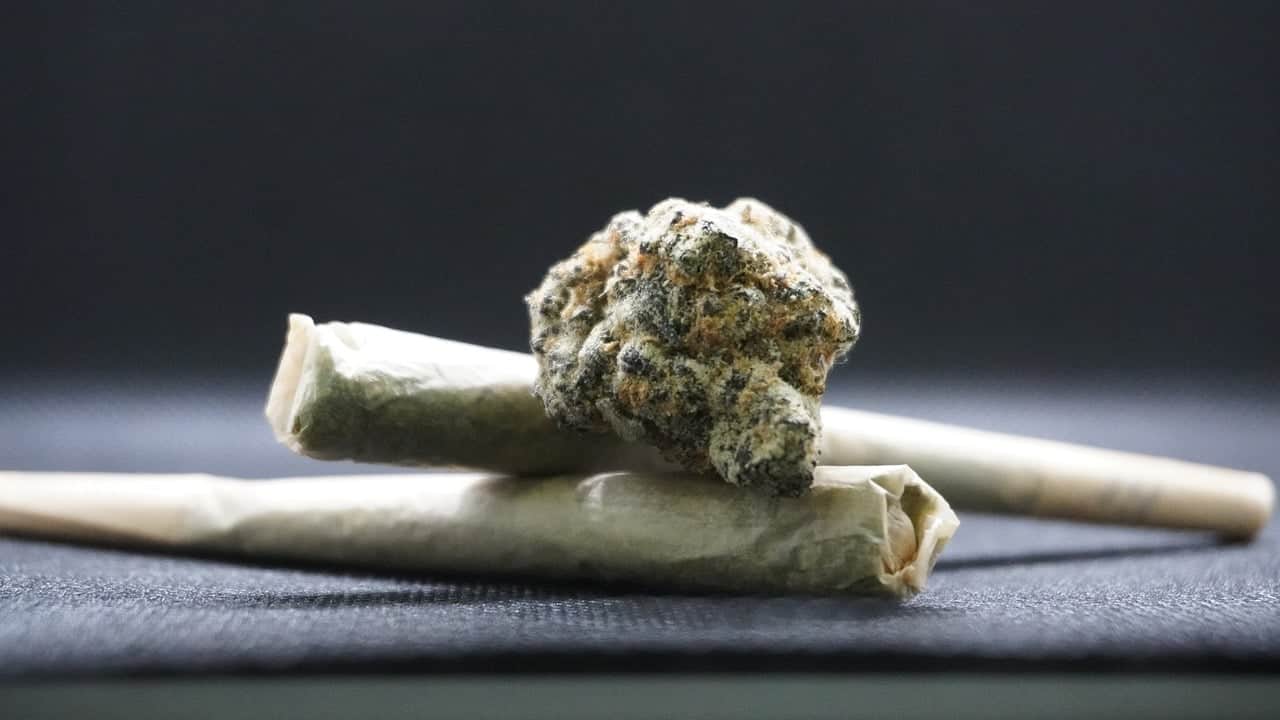
THC (tetrahydrocannabinol) is the primary psychoactive compound found in cannabis, known for its intoxicating effects. When consumed, THC binds to the CB1 receptors in the brain and central nervous system, resulting in the euphoria and psychoactive sensations often associated with marijuana use.
In contrast, THCa (tetrahydrocannabinolic acid) is the acidic form of THC that is present in raw cannabis. THCa does not have psychoactive properties and is not intoxicating until it undergoes a process called decarboxylation. Decarboxylation occurs when THCa is heated, such as through smoking or baking, converting it into THC and activating its psychoactive effects.
The intoxicating effects of THC can include feelings of relaxation, euphoria, altered perception, and increased appetite. However, it can also have side effects such as dry mouth, dizziness, and short-term memory impairment. These effects vary depending on the individual and the dosage consumed.
On the other hand, THCa does not render any psychoactive effects, making it less potent than THC. It is often found in raw cannabis, particularly the leaves and flowers of the plant. Many cannabis consumers are interested in the potential therapeutic benefits of THCa, which include anti-inflammatory properties and potential use in neurodegenerative diseases.
Understanding the difference between THC and THCa is crucial in the cannabis industry, as it allows for the exploration of various cannabinoids and their specific effects on the human body. While THC is known for its intoxicating effects, THCa offers a non-psychoactive cannabinoid that may have its own unique therapeutic benefits.
Psychoactive Properties of the Cannabinoid Compounds
Psychoactive properties are a notable characteristic of the cannabinoid compounds found in cannabis, including THCa and THC. When consumed, these compounds interact with the endocannabinoid receptors present in the human body.
THC (tetrahydrocannabinol) is the primary psychoactive compound in cannabis. It binds to the CB1 receptors in the brain, producing various psychoactive effects. These effects can range from relaxation and euphoria to altered perception and increased appetite. However, THC may also cause side effects such as dry mouth, dizziness, and short-term memory impairment. The intensity of these effects can differ based on individual factors and dosage.
In contrast, THCa does not possess psychoactive properties until it undergoes decarboxylation. This chemical reaction occurs when THCa is heated through smoking or baking, converting it into THC and activating its psychoactive effects.
Due to its acidic form, THCa does not produce any psychoactive effects in its raw state, making it less potent compared to THC. It is commonly found in raw cannabis, particularly in the leaves and flowers of the plant. Many individuals are interested in the potential therapeutic benefits of THCa, including its potential anti-inflammatory properties and use in neurodegenerative diseases.
While THC is the primary psychoactive compound in cannabis, THCa lacks psychoactive effects in its raw form. Nevertheless, both compounds interact with the endocannabinoid receptors in the human body, producing differing psychoactive effects. Decarboxylation is the process that activates the psychoactive properties of THCa and THC.
Cannabinoid Receptors and Raw Cannabis Tincture Benefits
Cannabinoid Receptors:
Cannabinoid receptors are an essential part of the endocannabinoid system in the human body. These receptors are primarily divided into two types – CB1 and CB2 receptors.
CB1 receptors are mainly located in the brain and central nervous system, responsible for the psychoactive effects of THC. On the other hand, CB2 receptors are found in the immune system, peripheral organs, and tissues, playing a vital role in regulating inflammation and immune response. When THC or other cannabinoids bind to these receptors, it triggers various physiological and psychological effects, influencing mood, appetite, pain perception, and more.
Understanding the interaction between cannabinoids and cannabinoid receptors is crucial for unlocking the potential benefits of cannabis.
Raw Cannabis Tincture Benefits:
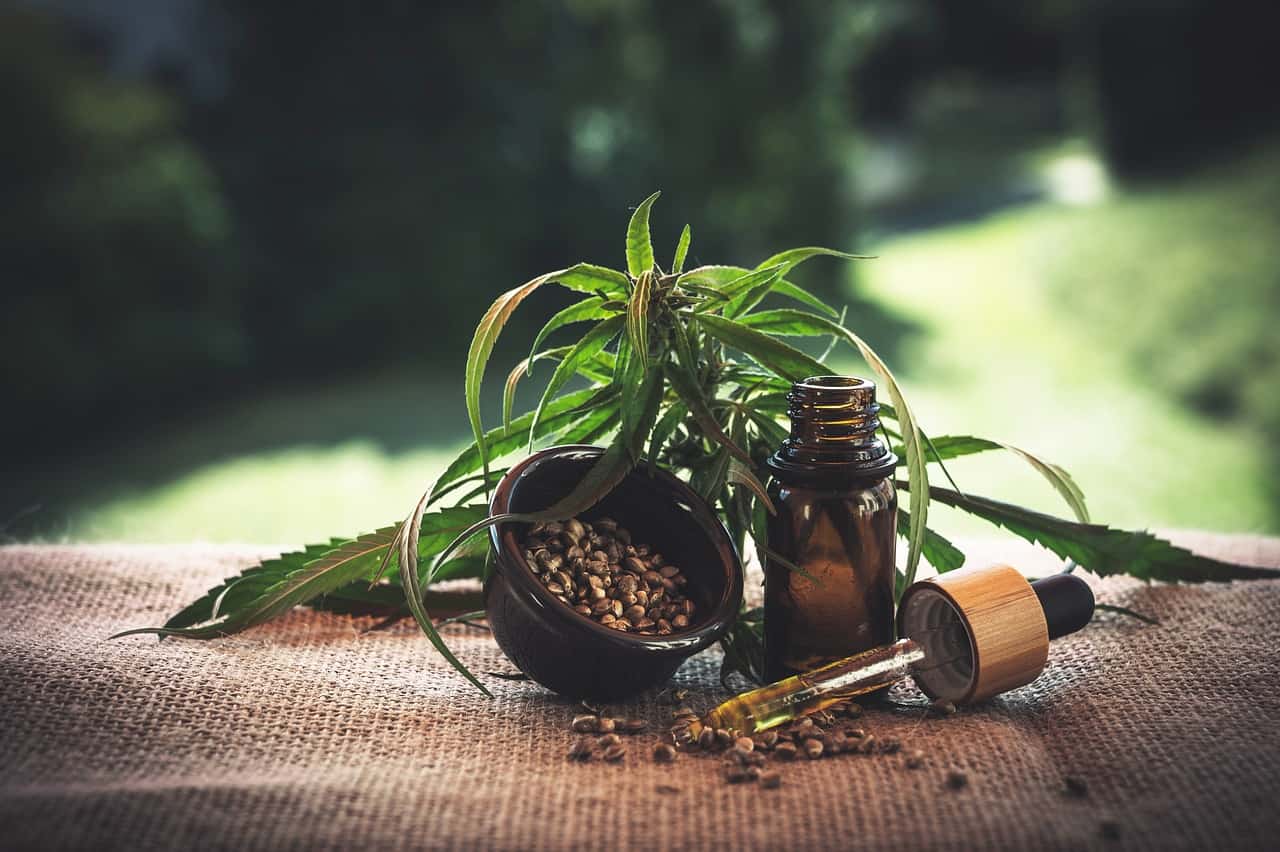
Raw cannabis tinctures, made from cannabinoid acids like THCa, offer unique potential benefits.
While the decarboxylation process converts THCa into THC for psychoactive effects, consuming THCa in its raw form can provide non-psychoactive therapeutic effects. Raw cannabis tinctures are rich in various cannabinoids in their acidic form, which may have anti-inflammatory properties, potentially benefiting individuals with conditions like arthritis or inflammatory bowel diseases.
Additionally, the raw cannabis plant contains other beneficial compounds like terpenes, flavonoids, and antioxidants, which can contribute to its overall therapeutic potential. Incorporating raw cannabis tinctures into one’s wellness routine allows for access to the natural and non-psychoactive benefits of the cannabis plant, helping individuals explore the holistic benefits beyond the typical intoxicating effects of THC.
CB1 Receptor System and Its Role in the Body
The CB1 receptor system is a crucial component of the endocannabinoid system in the human body. These receptors are primarily found in the brain and central nervous system. They play a significant role in mediating the psychoactive effects of THC, the well-known cannabinoid found in cannabis.
When THC is consumed or ingested, it binds to the CB1 receptors in the brain and central nervous system. This binding triggers a cascade of biochemical reactions, leading to the various psychological and physiological effects associated with cannabis consumption.
The interaction between THC and CB1 receptors is responsible for the intoxicating effects often associated with cannabis. These effects can include euphoria, relaxation, altered perception of time, and enhanced sensory experiences. Moreover, the activation of CB1 receptors by THC has shown potential therapeutic benefits in managing pain, reducing inflammation, stimulating appetite, and alleviating symptoms of neurodegenerative diseases.
Understanding the role of the CB1 receptor system and its interaction with THC and THCA is crucial to comprehend the effects and potential therapeutic benefits of cannabis consumption. With further research, scientists and the cannabis industry can unlock more knowledge about these cannabinoids and their impact on our bodies.
Potential Benefits from Raw Cannabis Tincture
Raw cannabis tincture offers a variety of potential benefits when consumed. Unlike decarboxylated cannabis, which is heated to activate cannabinoids, raw cannabis tincture contains cannabinoid acids that are stored in the body fat. These cannabinoid acids, such as THCA and CBDA, have shown promise in providing therapeutic effects.
When consumed as a tincture, raw cannabis offers a convenient way to increase the daily intake of cannabinoids. Cannabinoid acids are non-psychoactive, meaning they do not produce the intoxicating effects associated with THC. This allows individuals to benefit from the therapeutic properties of cannabis without experiencing psychoactivity.
Furthermore, consuming raw cannabis tincture provides a more comprehensive cannabinoid profile compared to other forms of consumption. The high levels of cannabinoid acids present in raw cannabis offer unique anti-inflammatory properties, making it potentially beneficial for individuals with conditions such as arthritis or inflammatory bowel disease.
Additionally, raw cannabis tincture may support overall health and wellness due to its rich nutritional content. It contains vitamins, minerals, and essential fatty acids that can support the immune system, promote healthy skin, and potentially contribute to maintaining optimal bodily function.
Consuming raw cannabis tincture can offer potential benefits such as anti-inflammatory properties, overall health support, and an increased daily intake of cannabinoids without the psychoactivity of THC. As always, it is important to consult with a healthcare professional before incorporating any new supplements into your routine.
Therapeutic Benefits of THCA vs. THC Consumption
Consuming cannabis in its raw form can provide therapeutic benefits without the psychoactive effects typically associated with THC. By understanding the difference between THCA and THC consumption, individuals can explore the potential therapeutic benefits of these cannabis compounds and make informed choices about their cannabis consumption.
Anti-Inflammatory Properties of Both Cannabinoids
THCa and THC, two compounds found in the cannabis plant, have shown promising anti-inflammatory properties that can potentially benefit individuals with inflammatory conditions. Both cannabinoids interact with the endocannabinoid receptors in the human body, particularly the CB1 receptor, to regulate immune responses and inflammation.
In terms of specific conditions, both THCa and THC have been studied for their potential in alleviating symptoms of neurodegenerative diseases. These conditions include Alzheimer’s disease, Parkinson’s disease, multiple sclerosis, and Huntington’s disease. The anti-inflammatory properties of these cannabinoids may help reduce inflammation in the brain and slow down the progression of these diseases.
It is important to note that THCa is the acidic form of THC, which is present in raw cannabis. However, THCa needs to undergo a decarboxylation process to convert into THC and activate its psychoactive and therapeutic benefits. This process involves heating or drying the cannabis plant, causing the removal of an additional carboxyl group from the chemical structure of THCa.
By activating THC through decarboxylation, individuals can experience the potential anti-inflammatory and therapeutic benefits of this psychoactive compound. It is through this process that THC can be consumed in various forms, such as smoking, vaping, or consuming edibles, to potentially alleviate symptoms of inflammation and provide relief for conditions such as chronic pain, rheumatoid arthritis, and inflammatory bowel disease.
In conclusion, both THCa and THC possess anti-inflammatory properties that can potentially benefit individuals with inflammatory conditions. While THCa is the raw, non-psychoactive form found in cannabis leaves, THC is the activated, psychoactive compound that can provide therapeutic relief. The decarboxylation process is crucial in converting THCa into THC to unlock its full potential.
Neurodegenerative Diseases That Could Benefit from Consumption
Neurodegenerative diseases, such as Alzheimer’s disease, Parkinson’s disease, Huntington’s disease, multiple sclerosis, and amyotrophic lateral sclerosis (ALS), are conditions that involve the progressive degeneration of neurons in the brain and other parts of the nervous system.
Studies have shown that both THCA and THC, the cannabinoids found in cannabis, may provide therapeutic effects for these diseases. There is even a patent held by the US Government regarding cannabinoids being used as antioxidants and neuroprotectant, patent # 6630507.
In Alzheimer’s disease, the accumulation of beta-amyloid plaques in the brain leads to inflammation and cognitive decline. THCA and THC have been found to have anti-inflammatory properties that can potentially reduce brain inflammation and slow down the progression of the disease.
Parkinson’s disease is characterized by the loss of dopamine-producing neurons. THCA and THC may help alleviate symptoms such as tremors and stiffness by interacting with the CB1 and CB2 cannabinoid receptors in the brain and reducing inflammation.
Huntington’s disease is a genetic condition that causes the progressive degeneration of nerve cells in the brain. THCA and THC may provide neuroprotective benefits and potentially slow down the progression of the disease.
Multiple sclerosis is an autoimmune disease that affects the nervous system. THCA and THC have shown potential in reducing inflammation, minimizing muscle spasms, and relieving pain associated with this condition.
In ALS, motor neuron degeneration leads to muscle weakness and loss of motor function. THCA and THC may provide relief from symptoms such as muscle spasticity and pain, potentially improving the quality of life for individuals with this disease.
While further research is needed to fully understand the therapeutic effects of THCA and THC on neurodegenerative diseases, these cannabinoids show promise in alleviating symptoms and potentially slowing down the progression of these conditions.
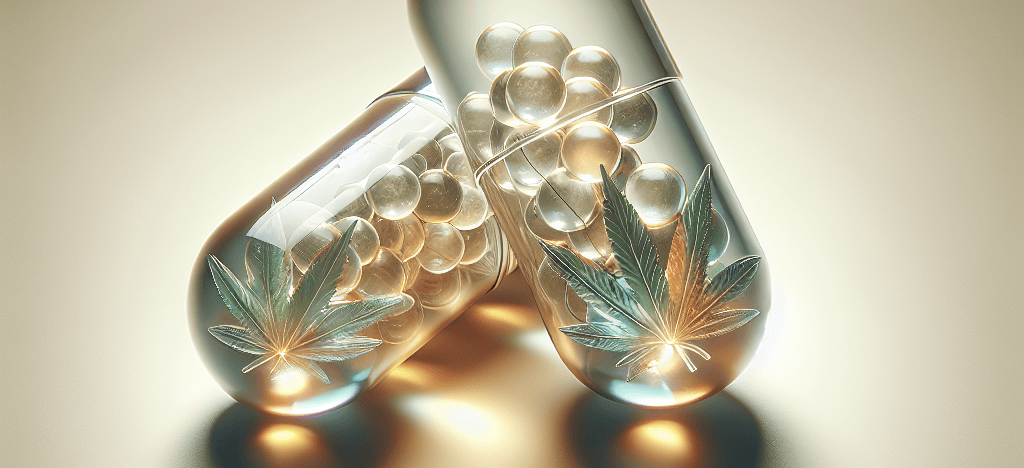
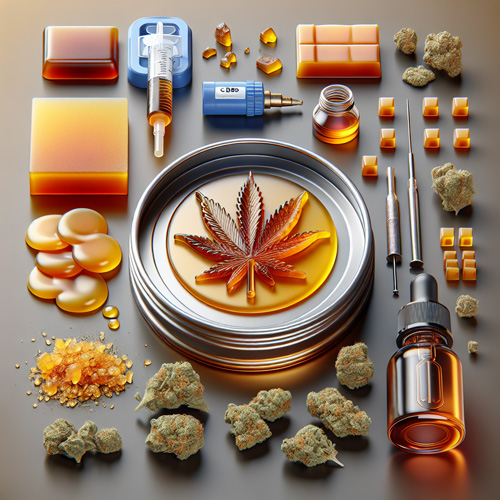
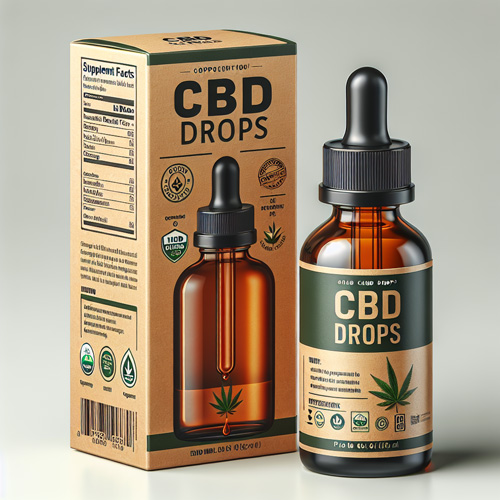


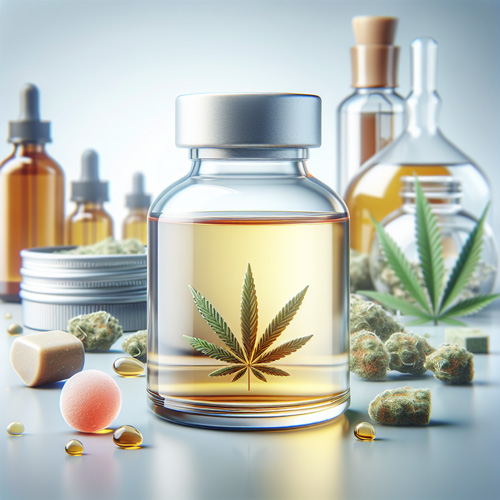

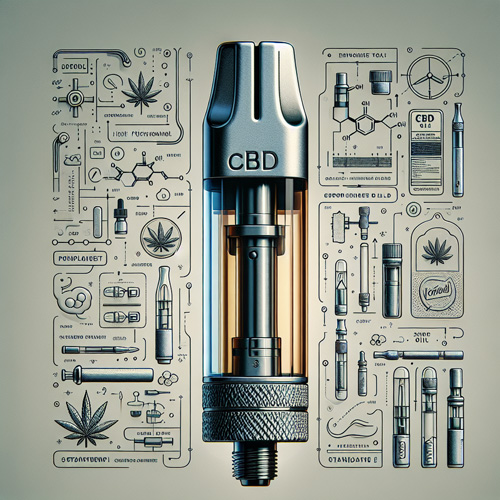
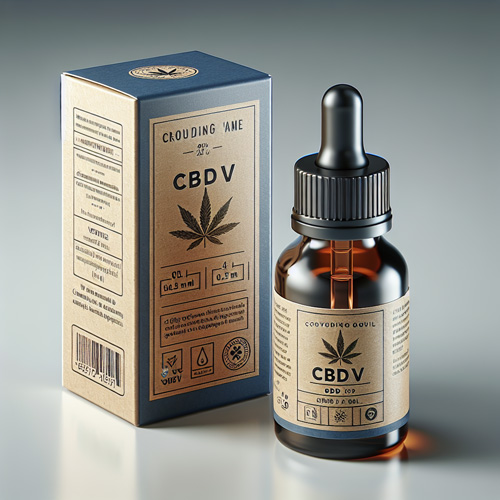
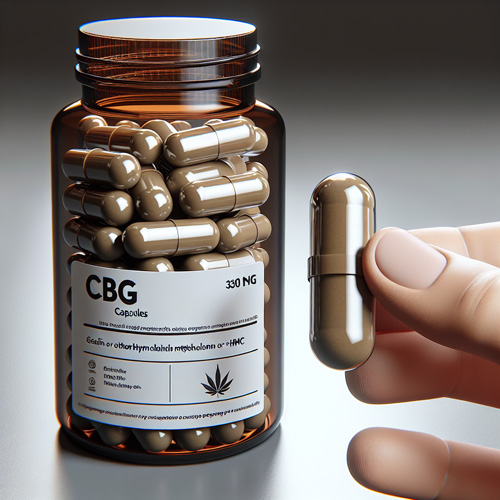

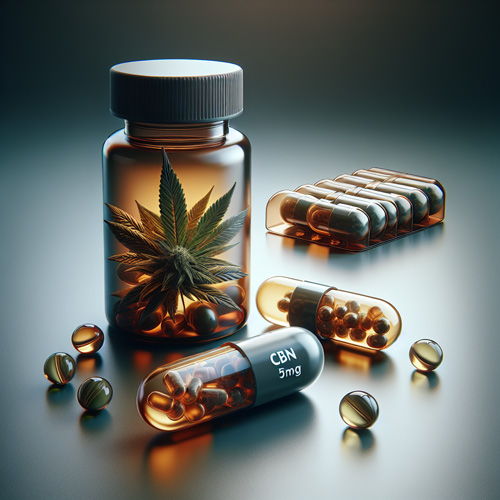
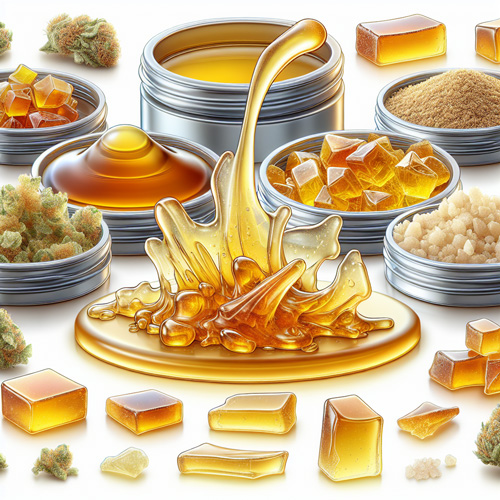
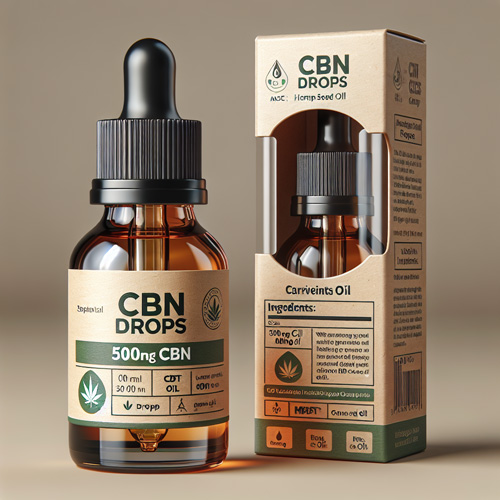
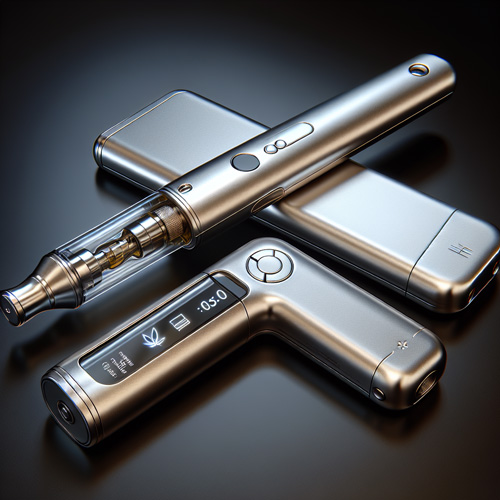
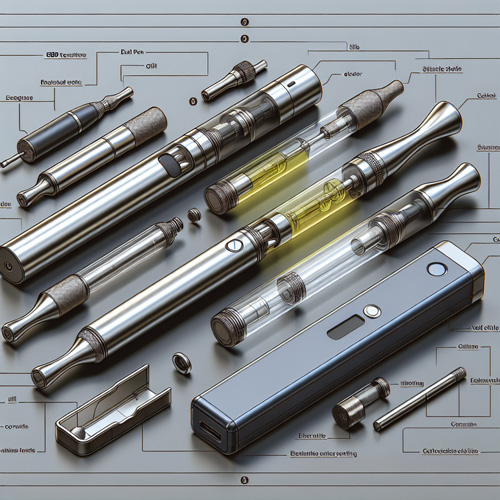
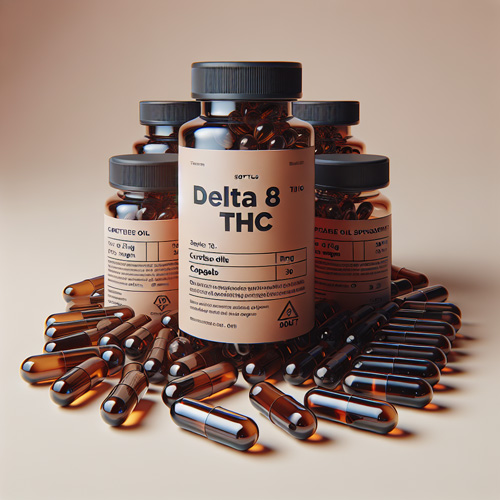
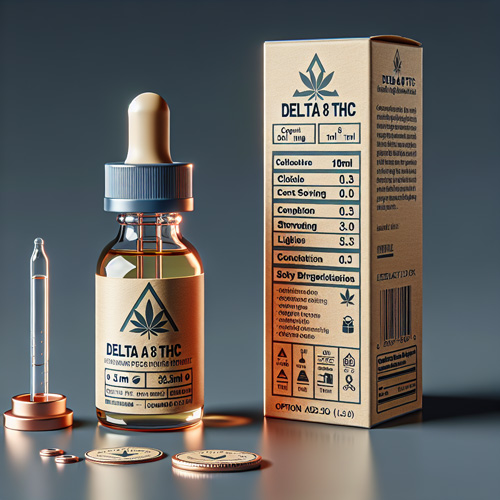
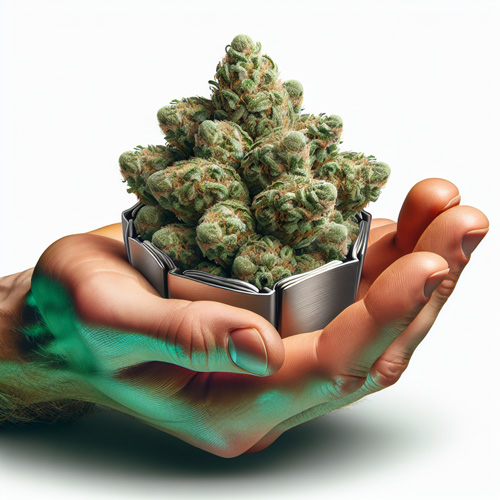
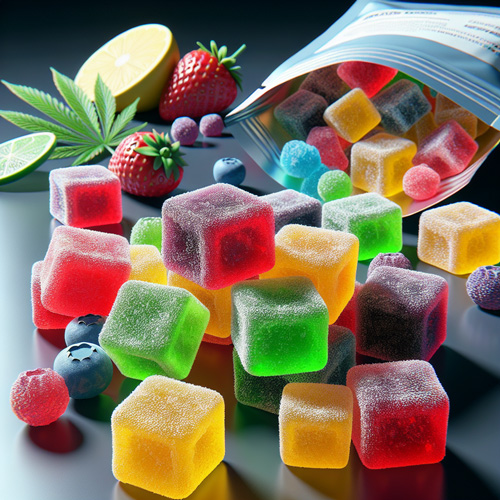

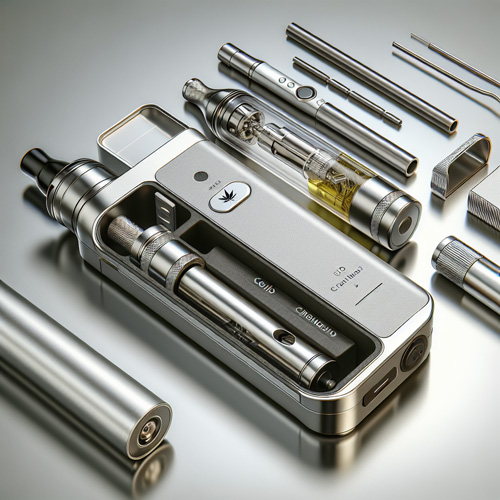
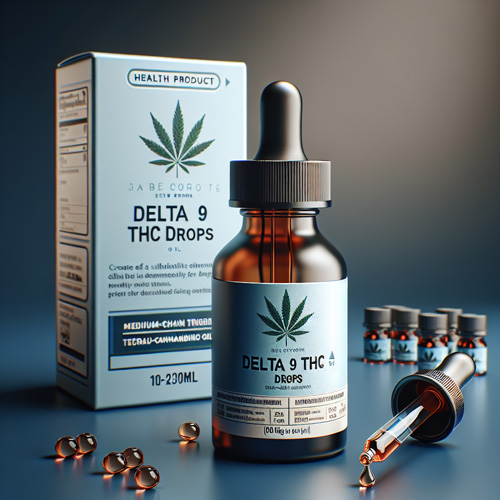



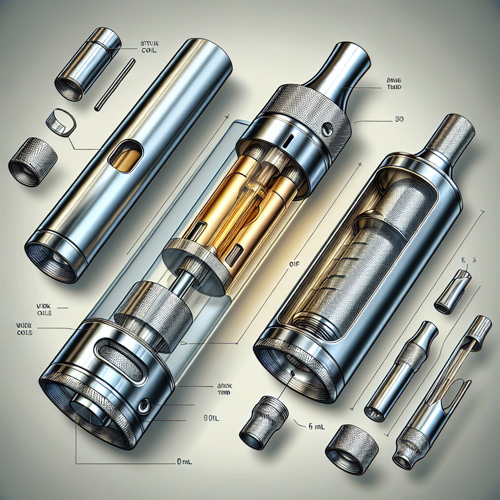


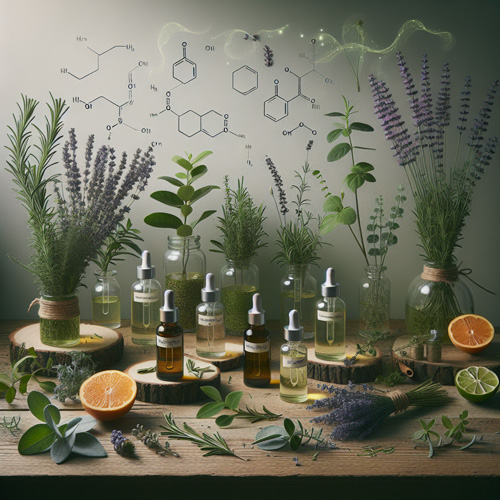
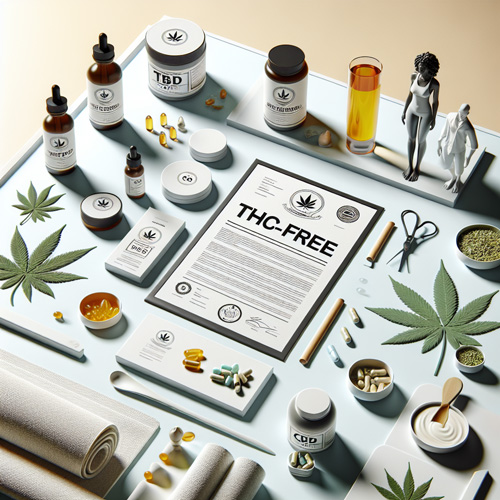
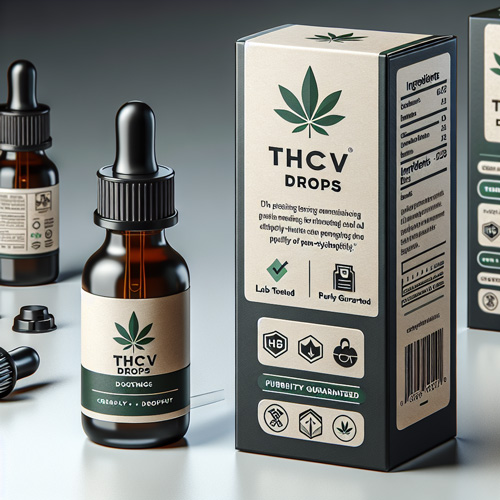
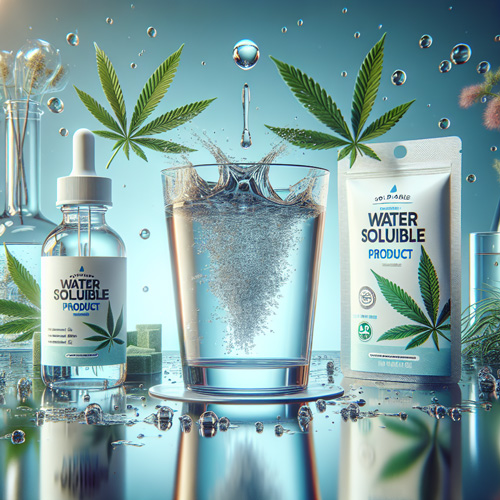



/5Total reviews
Persons recommended this product
Filter by
star Rating
attach_file Attachments
Anonymous
Shopper
check_circle Verified
Shop owner replied
Was this helpful
Facebook
X (Twitter)
LinkedIn
Reddit
Copied to Clipboard
Anonymous
Shopper
check_circle Verified
Shop owner replied
Was this helpful
Facebook
X (Twitter)
LinkedIn
Reddit
Copy Link
Thanks for your review!
Your feedback helps us improve our service.
There are no reviews yet.
Be the first to review “ ”
Only logged in customers who have purchased this product may leave a review